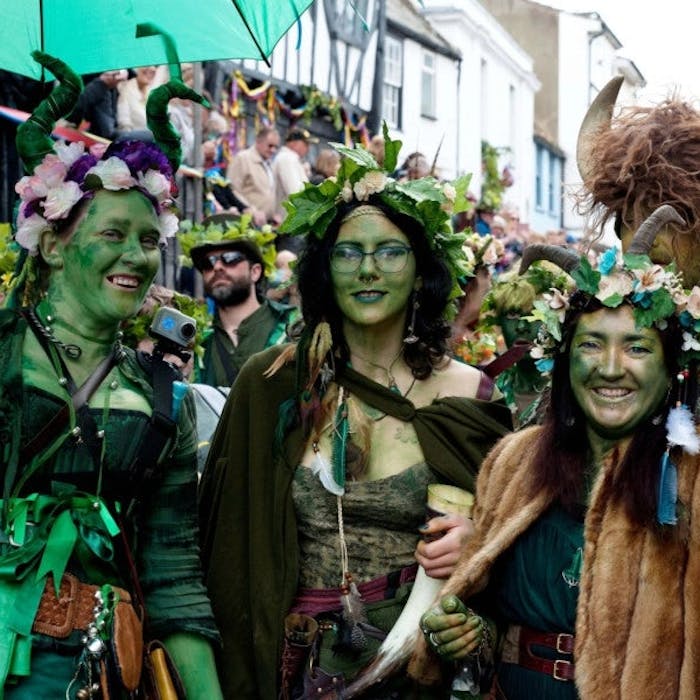
May Day - traditional time for celebration
May Day, the first day of May, is traditionally a British celebration (or festival) of spring and the resurrection of nature after the winter months. It is normally associated with flowers, decorative headdresses and clothing, dancing and Maypoles, with celebrations sometimes including the crowning of a 'May King', or 'Queen', or the parading of a Jack made up of the new season's greenery, who is eventually slayed.
May Day can be traced back to the ancient Celtic festival Beltane, which represented the first day of summer and was celebrated with bonfires to welcome in the new season.
Through the centuries May Day has been associated with revelry and fertility, and the renaissance of the natural world after winter. Celebrations are varied in different parts of the country, many including music and dancing around the maypole and processions involving the 'May Queen' and the 'Jack in the Green'.
The Jack consists of a wooden or wicker frame that is covered in woven foliage, including green branches, leaves, and flowers. It is worn on the upper half of a human body and carried along in May Day processions accompanied by an entourage. Morris dancing is also associated with May Day festivities, and the use of flowers and greenery to garland people's homes was an important feature in the medieval period.
The May Pole was originally a large tree in the forest that was cut down and brought to the village and decorated with flowers, wreaths, handkerchiefs and ribbons. The dance around it was an expression of the joy of new life.
The Church sometimes looked upon May Day traditions with suspicion, and the celebration has at times been banned or suppressed as pagan. For example, the May Day festivities all but vanished following the Civil War when Oliver Cromwell and his Puritans took control of the country in 1645. Legislation was passed which saw the end of village maypoles throughout the country, but they were restored under Charles II.
In recent years there has been a revival of interest in May Day and many towns and villages now have some kind of celebration. Well-known annual events include May Morning in Oxford, Jack-in-the-Green in Hastings (pictured), Whitstable and Rochester, the Obby Oss in Padstow, and the Beltane Fire Festival in Edinburgh.
Further reading
Links to external websites are not maintained by Bite Sized Britain. They are provided to give users access to additional information. Bite Sized Britain is not responsible for the content of these external websites.
